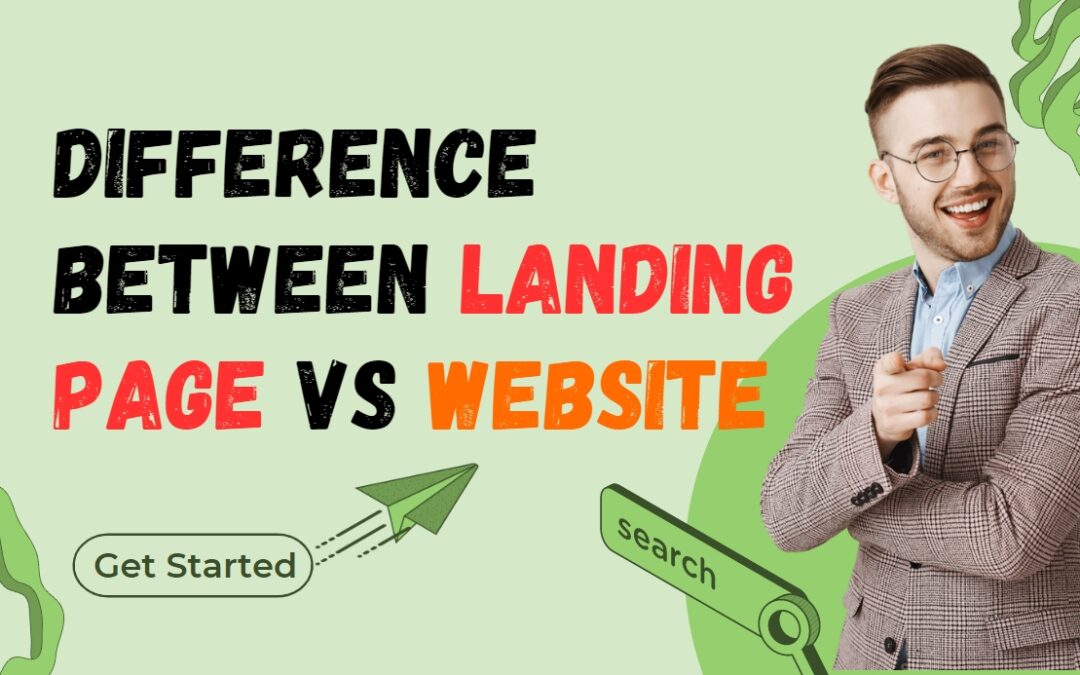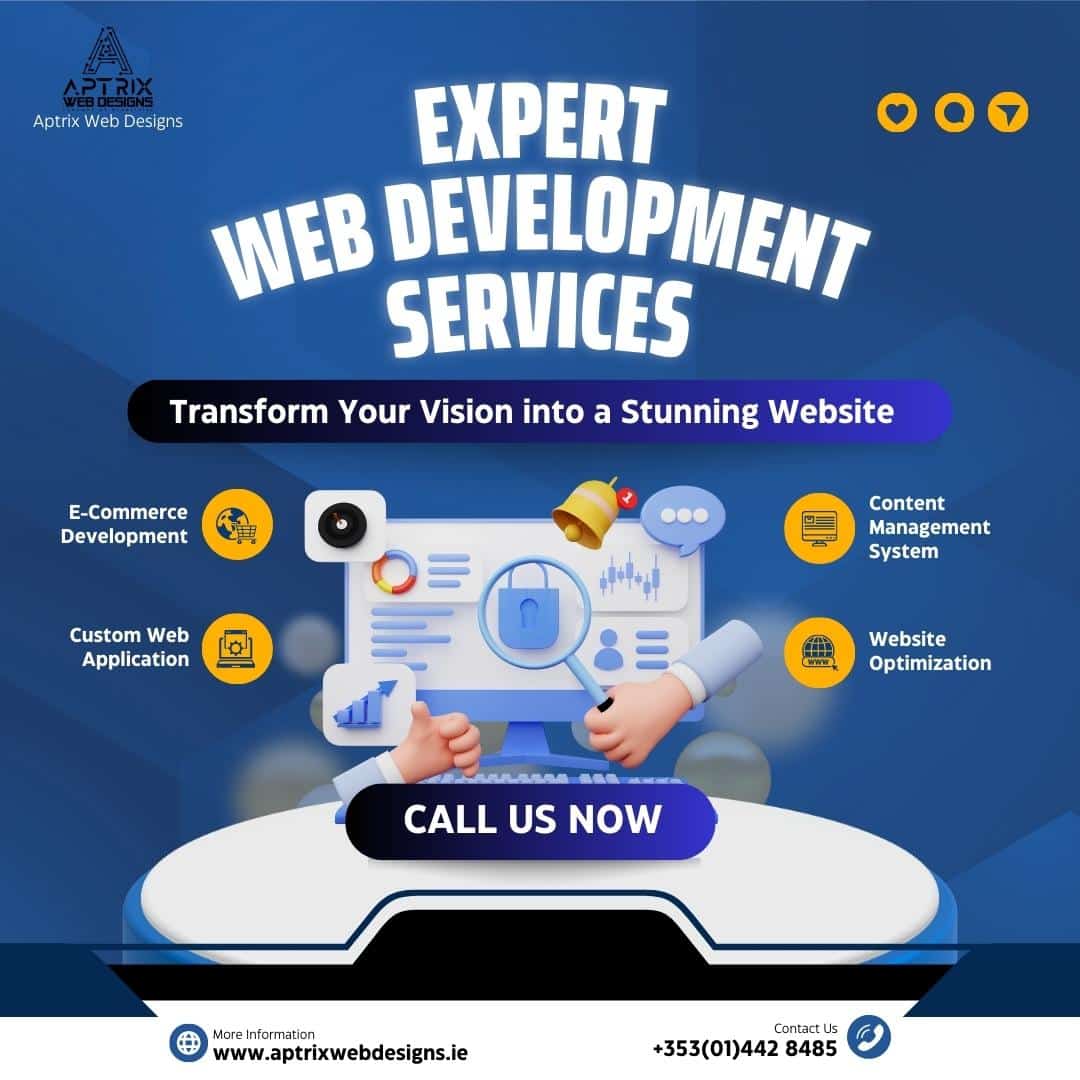Introduction:
Difference between landing page vs website In the digital realm, businesses strive to create effective online presences to engage their target audience and achieve their objectives. In this pursuit, terms such as “landing pages” and “websites” are commonly used. However, it is crucial to understand the distinctions between these two entities, as they serve distinct purposes and possess unique characteristics. This article aims to shed light on the disparity between landing pages and websites, providing readers with a comprehensive understanding of their respective roles and functionalities.
Defining Landing Pages:
A landing page refers to a standalone web page specifically designed for a focused marketing or advertising campaign. Its primary objective is to capture visitors’ attention and convert them into potential leads or customers. Landing pages typically serve as entry points for users who click on targeted advertisements, email marketing campaigns, or promotional banners.
Key Characteristics of Landing Pages:
Singular Objective: Landing pages concentrate on promoting a single product, service, or offer. They eliminate distractions and streamline content to encourage visitors to take a desired action, such as making a purchase, subscribing to a newsletter, or filling out a form.
Concise and Persuasive Content: Landing pages employ concise and compelling content to convey the value proposition and entice visitors to engage. Effective copywriting techniques, combined with persuasive elements like compelling headlines, testimonials, and clear calls-to-action, are often employed.
Optimized Design: Landing pages are meticulously designed to enhance user experience and facilitate conversions. Employing visually appealing layouts, intuitive navigation, and strategically placed elements, they aim to guide visitors towards the intended action.
Tracking and Analytics: Landing pages integrate tracking tools and analytics to measure performance and gather valuable insights. This enables businesses to assess the effectiveness of their marketing campaigns, identify areas for improvement, and refine their strategies accordingly.
Understanding Websites:
A website encompasses a collection of interconnected web pages accessible through a single domain. It serves as a comprehensive online platform that represents a business or organization, offering a wide range of information, products, services, and functionalities. Websites often act as the central hub for an entity’s online presence, serving as a destination for users seeking detailed information, engagement, and various interactions. call us the best website designer in Ireland now for a special offer.
Key Characteristics of Websites:
Comprehensive Content: Websites present a broad range of content, including informational pages, product/service listings, about us sections, contact details, blogs, and more. They aim to provide visitors with a holistic understanding of the business, its offerings, and its values.
Navigation Hierarchy: Websites employ a hierarchical structure and intuitive navigation menus to facilitate seamless exploration and easy access to different sections. This ensures that visitors can find the desired information efficiently and navigate through the site effortlessly.
Interactive Features: Websites often incorporate interactive elements, such as forms, search functionalities, social media integration, and user-generated content, to enhance user engagement and encourage interaction.
Branding and Design Consistency: Websites reflect the brand identity and maintain a consistent design throughout their pages. Employing branded elements, color schemes, fonts, and visual aesthetics, they strive to create a cohesive and memorable user experience.
Understanding Websites:
Conclusion:
In summary, while landing pages and websites share the common objective of engaging online visitors, they serve distinct purposes and possess unique characteristics. Landing pages are specifically designed for targeted marketing campaigns, focusing on a singular objective and employing persuasive content and optimized design. On the other hand, websites provide comprehensive information about a business or organization, offering diverse content, interactive features, and a cohesive representation of the brand. By understanding these disparities, businesses can effectively leverage landing pages and websites in their digital strategies to maximize their online presence, engage their audience, and achieve their desired outcomes.
8 Effective Tips for Designing a SEO-Friendly Website and Boosting Your Online Marketing Strategy




I am looking for website designer at an affordable cost
call us +353(01)442 8485 or whatsapp us +91-9163108684